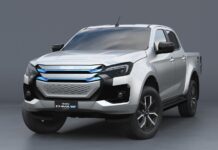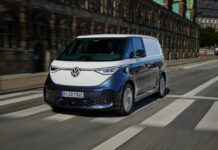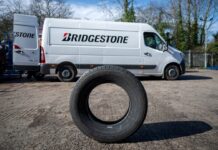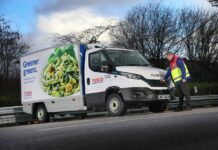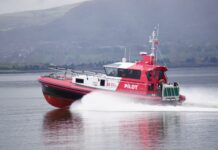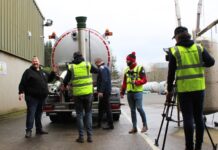The electrification of fleets is to be welcomed, but only when operational and financial strategies are in place, or business sustainability will be jeopardised by the rush to environmental sustainability, Holman’s Director of Client Relations, Jo Ewen, has warned.
“Every one of our customers is asking about electrification and we are helping many of them to move towards EVs. But what we are seeing is that the pressure to change is putting at risk ‘business sustainability’. The goals of the business should dictate the plan for vehicles, not trying to fit EVs in when they are not suitable.
 “There is real pressure and benefits to become greener and make the EV switch, which is understandable from a CSR and environmental perspective, but unless a comprehensive strategy is in place around transition, it could result in making their fleet, and their people, less effective.
“There is real pressure and benefits to become greener and make the EV switch, which is understandable from a CSR and environmental perspective, but unless a comprehensive strategy is in place around transition, it could result in making their fleet, and their people, less effective.
“Fleets have to get a clear understanding of whether the transition is operationally sustainable and will enable them to support their own business and their customers into the future. In many cases, especially for business-critical fleets with commercial vehicles or job-need cars, there just isn’t the full suite of options in the marketplace to justify everyone making the move, in the same way, at the same time: a perk driver might find an EV an excellent choice, whereas a high mileage engineer in a van could struggle to fulfil their role,” she said.
“While there is a lot of demand to go electric or even look at other mobility solutions, we spend a lot of time with our customers looking at every vehicle on a fleet to ensure that a change is right for them, not only from emissions and green perspective, but critically from a job need requirement.
“Getting it wrong will result in fleets spending a lot of time trying to rectify the situation through reallocation, retooling or early termination, which actually slows making electric an operationally sustainable solution.”
To support customers in the transition, Holman’s Portfolio Management team look at each vehicle individually with the customer every quarter and support them in making informed decisions about every one of them, be that to retain, adjust, replace or even remove.
Ewen said that to be both operationally and environmentally sustainable, fleets need to become increasingly agile and flexible so they are able to respond when market conditions and products are right.
“Holman has substantially increased its number of leased vehicles in the past two or three years through its finance funding model, and it is ideally suited to sustainable agility and diversity.
“Analysis shows that for certain commercial vehicles, diesel or petrol may still be the right choice. But because finance lease allows our customers to retain full control of, and have transparency over, those vehicles, as and when the case is proven for electrification they can defleet at their choosing. This means they can retain profits to re-invest in new electric vehicles and make that change at the optimum time for them, their drivers and, importantly, their customer experience.”
“Ultimately the answer to the question ‘is our fleet sustainable?’ has two differing, yet interconnected responses, on both operational and environmental levels, and at this time businesses have some incredibly tough choices to make,” she said.
“They need to be crystal clear on priorities. Ultimately, for nearly every business it is being able to provide goods or services in the most effective way possible.”


